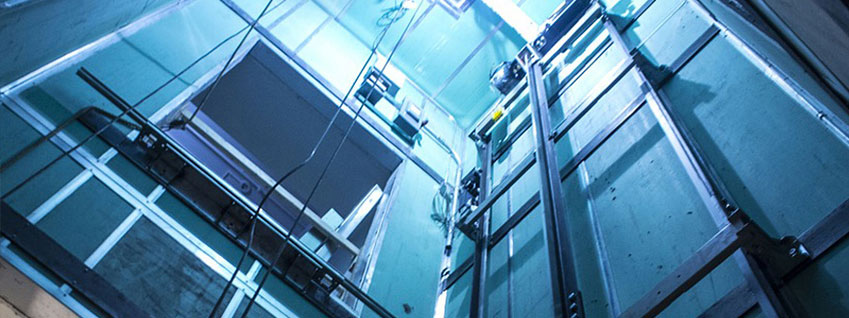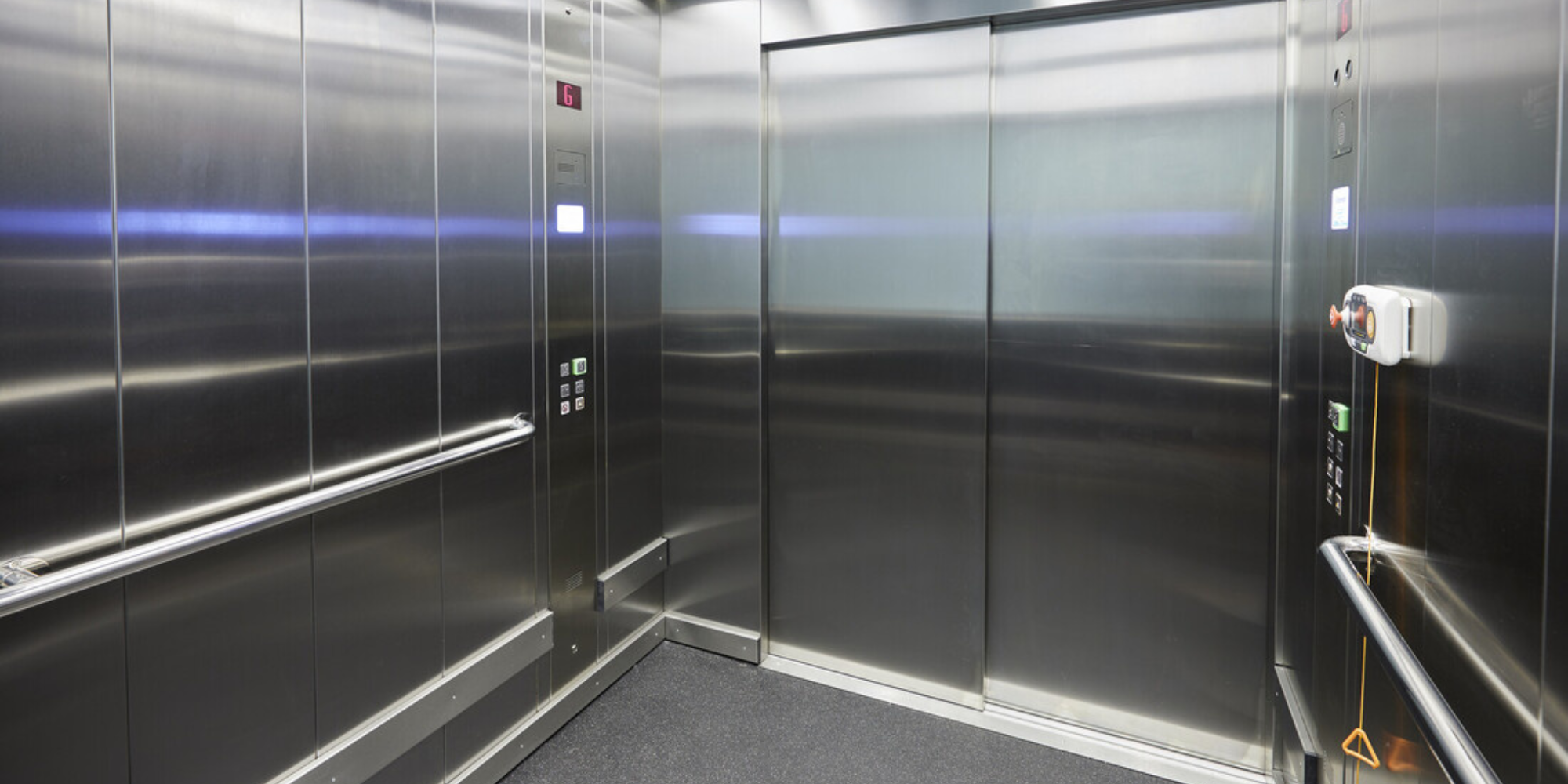Untangling the Complexities of Lift Innovation: Troubleshooting Common Troubles Throughout Lift Designs
In the realm of lift technology, a myriad of complexities often lie below the surface of what appears to be a simple system. From slow-moving procedure concerns to strange sounds rising from the equipment, repairing usual troubles throughout numerous lift versions requires an eager eye for detail and a methodical technique - repair and maintenance services. As we start this journey to unravel the complexities that can plague these important devices, a deeper understanding of the internal operations and possible risks of lift innovation is vital. Remain tuned as we navigate through the labyrinth of lift breakdowns, looking for options to the enigmatic issues that can interrupt the smooth functioning of these indispensable devices.
Recognizing Slow Operation Issues

Following, inspect the electrical connections to ensure that all components are properly attached and operating. Malfunctioning electrical wiring or loose connections can bring about reduce procedure or complete malfunction of the lift system. In addition, it is important to check the control system to figure out if the problem depends on the shows or sensing units.
If the visual evaluation and electrical checks do not reveal the root reason of the slow-moving operation, further diagnostic tests might be essential. These could include pressure tests for hydraulic systems, voltage examinations for electric components, or running diagnostic software program for the control system. repair and maintenance services. By complying with a systematic strategy to fixing slow procedure issues, you can successfully fix the problem and recognize, guaranteeing the lift runs safely and properly
Dealing With Weird Noises
To properly repair lift innovation for weird noises, a detailed assessment of the lift parts complying with the recognition of slow operation concerns is crucial. Strange noises in lifts can be a measure of underlying problems that need punctual attention to guarantee the safety and security and reliability of the system. Typical resources of weird noises in lifts include worn-out or misaligned pulley-blocks, harmed motor bearings, busted or loosened suspension ropes, and malfunctioning control systems. When dealing with odd sounds, it is important to carry out a methodical examination of these components to pinpoint the precise root cause of the sound properly. This might entail checking for any visible indications of deterioration, examining the capability of electric motor bearings, tightening up loosened connections, and lubricating moving parts as needed.
Furthermore, it is crucial to refer to the lift supplier's upkeep standards and seek assistance from certified technicians when managing intricate lift elements or unfamiliar troubleshooting procedures. By without delay resolving and resolving odd noises underlying concerns, lift drivers can guarantee the optimal efficiency and security of the lift system for passengers and drivers.
Dealing With Faulty Control Issues
An efficient approach for dealing with damaged control issues in lift modern technology involves performing an extensive evaluation of the control system's components and performance. When running into issues with lift controls, it is vital to first check for any kind of loose connections, harmed circuitry, or malfunctioning sensors. Confirming that all control switches, keypads, and displays are working appropriately is additionally important in identifying the trouble properly.
If no visible issues are evident, professionals should proceed to examine the control panel for any type of indications of water getting too hot, damages, or deterioration, as these can typically lead to manage malfunctions. Furthermore, Visit Website resetting the control system or updating the software application might help deal with certain problems or bugs creating the trouble.

Taking On Hydraulic System Malfunctions
The efficiency of hydraulic systems in lifts counts heavily on the proper performance of different components within the system. When hydraulic systems breakdown in lifts, it can cause functional interruptions and safety problems. One usual concern is hydraulic fluid leak, which can occur because of damaged seals, loosened connections, or damaged cylinders. To tackle this trouble, service technicians must carry out a complete inspection to identify the resource of the leakage and replace any defective elements quickly.
An additional frequent hydraulic system malfunction is a loss of pressure, which can arise from air getting in the system, liquid contamination, or pump inefficiencies. Service technicians can resolve this by hemorrhaging the system to eliminate air, changing polluted fluid, or servicing the pump as needed. Furthermore, irregularities in hydraulic fluid levels or uncommon sounds throughout lift procedure might suggest underlying system malfunctions that call for instant attention to stop more damage. Normal maintenance and prompt troubleshooting of hydraulic system problems are important to making sure the efficient and secure operation of lift innovation.
Taking Care Of Electrical Component Failings
Dealing with electric part failures in lift modern technology demands an organized approach to detecting and resolving issues to keep functional performance and safety and security criteria. When encountering electrical issues in lift systems, it is critical to first conduct a comprehensive assessment of the electrical elements, including control panels, electrical wiring, sensors, and circuit boards. Any type of signs of damage, corrosion, loosened links, or burnt elements should be thoroughly noted and dealt with promptly to avoid further difficulties.
When it comes to electrical try this site element failings, it is crucial to follow producer standards for fixing and fixing procedures. This might involve evaluating the parts making use of multimeters, oscilloscopes, or other diagnostic tools to identify the precise resource of the malfunction. In addition, having a thorough understanding of the lift's electrical schematics and circuitry representations can aid in identifying and remedying issues successfully.
Routine maintenance and assessment timetables can assist prevent electrical failings by identifying prospective problems early. Correct training for lift specialists on electrical systems and components is also essential to ensure accurate medical diagnosis and effective resolution of electrical issues, inevitably adding to the general safety and security and dependability of lift procedures.
Final Thought
To conclude, repairing lift technology requires an organized method to determine and attend to typical issues such as slow-moving procedure, weird noises, faulty controls, hydraulic system breakdowns, and electric component failures. By understanding the intricacies of lift modern technology and complying with appropriate fixing steps, professionals can efficiently settle concerns and guarantee the risk-free and effective operation of lifts across numerous designs.
To efficiently repair lift innovation for weird noises, a thorough evaluation of the lift components complying with the identification of slow-moving operation concerns is essential. Odd sounds in lifts can be a measure of underlying problems that call for prompt interest to make sure the safety and security and dependability of the system.An efficient approach for dealing with damaged control issues in lift technology includes conducting a thorough analysis of the control system's elements and functionality.The efficiency of hydraulic systems in lifts depends greatly on the appropriate performance of different parts within the system. repair and maintenance services. When running into electrical issues in lift systems, it is important to very first conduct a thorough examination of the electric parts, including control panels, circuitry, sensing units, and circuit boards
Comments on “Discover the most effective Disabled Platform Lifts Prices UK for Residential and Commercial Usage”